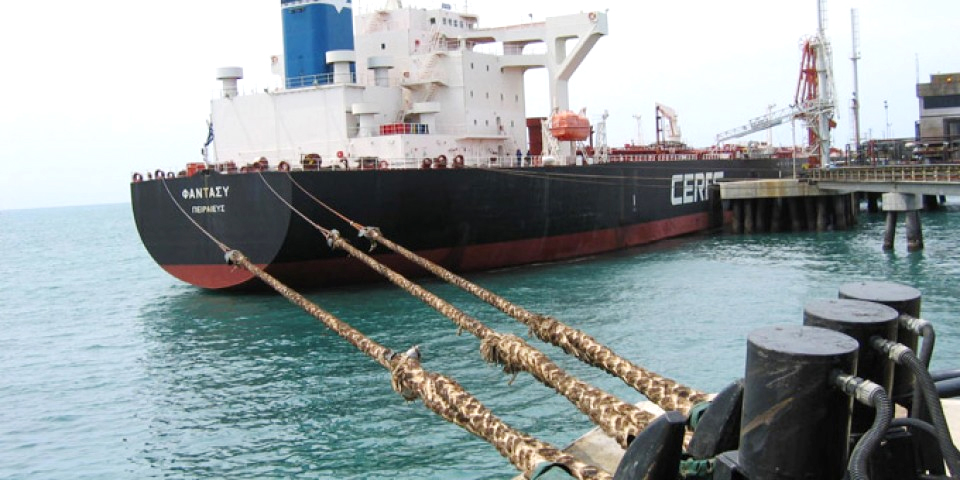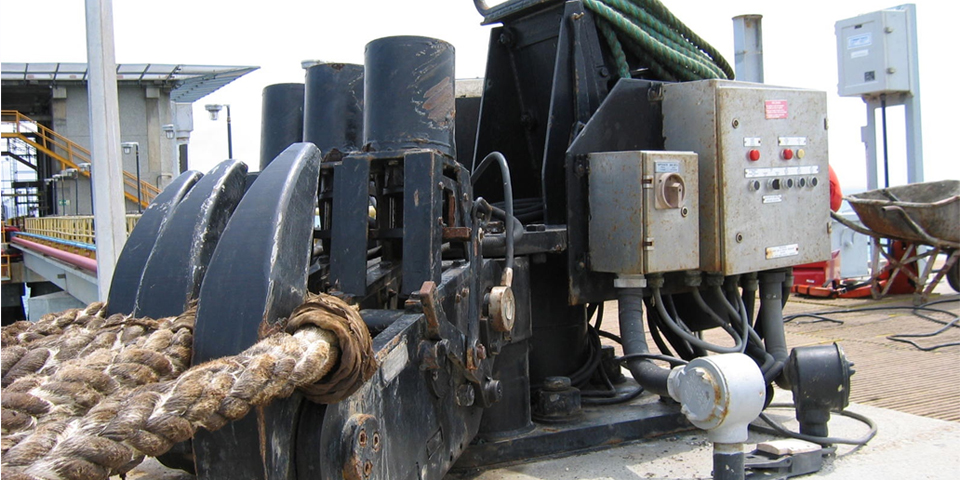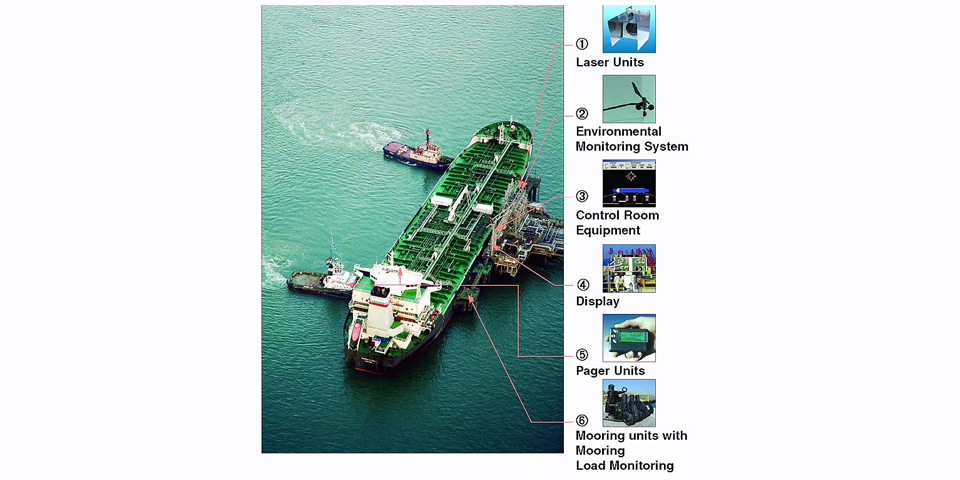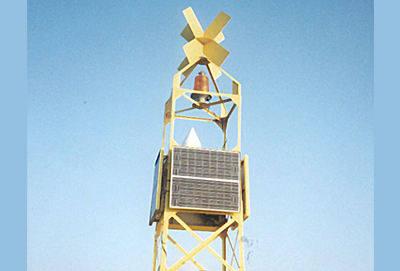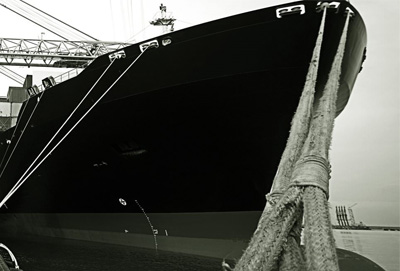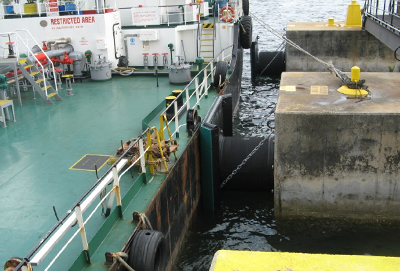Details
- Construction Date 09 Sep 2018
- Category Maritime
Description
Quick Release Hook- Berthing Approach System
[image url=”http://partoltd.ir/en/wp-content/uploads/2015/01/Mampaey-DockingBerthing-Approach-and-Mooring-Overview-of-the-System.jpg” link=”image” video_id=”none” align=”right” alt=”” title=”” width=”400″ height=”430″ border=”0″ lightbox=”1″ crop=”1″]
Quick Release Mooring Hooks have been specifically designed for safe manual and optional remote release of mooring lines whilst under full load conditions.
This requires only a minimal effort and only a single action is required to reset the hook back to its working position. The mooring hooks are available as standard with a capacity of 40, 60, 75, 100, 125, 150 and 200 metric tons and can be supplied as single, double, triple or quadruple hook assembly.
The main features of the Quick Release Hooks are:
- Easy and safe release with either a slack or loaded mooring line.
- Free swiveling ensuring perfect alignment and therefore requiring no sliding plates. This makes the Quick Release Hooks the most suitable for use at gas, oil and chemical terminals.
- Locking device to prevent accidental or unauthorized operation.
- Single (one man) action to reset the hook.
- Integral Capstans (optional) for hauling in the mooring line. Remote Control Systems (optional) for remote hook release.
- Mooring Load Monitoring Systems (optional) for continuous measurement of mooring loads.
The Mooring Hooks can be provided with several optional features, such as:
- Anti-Rope Slip Devices (Keepers)
- Electrical Insulation
- Integral Capstans Remote Control System
- Mooring Load Monitoring System
- Coal Dust Covers
- Special coatings and/or hook designs for extreme aggressive atmospheres.
- Special Customized Features
Docking/Berthing Approach and Mooring Systems
Judgment of low speed as a vessel make its final approach during berthing operations can be particularly difficult.
Berthing Aid Systems (BAS) assist Pilots and crew during final berthing man oeuvres increasing the safety and security of the whole operation.
With the use of two laser modules, the distance, angle and speed of approach of a vessel during final approach can be communicated to the Pilot in one of several ways.
A ‘traffic light’ display can be used to give safe, warning and danger indications of speed of approach fore and aft.
A large numeric display unit gives continuous advice about speed of approach, distance from fenders and angle of approach.
Additionally, hand held ‘pager’ units can provide the same data to onboard personnel and / or tug boat crews.

